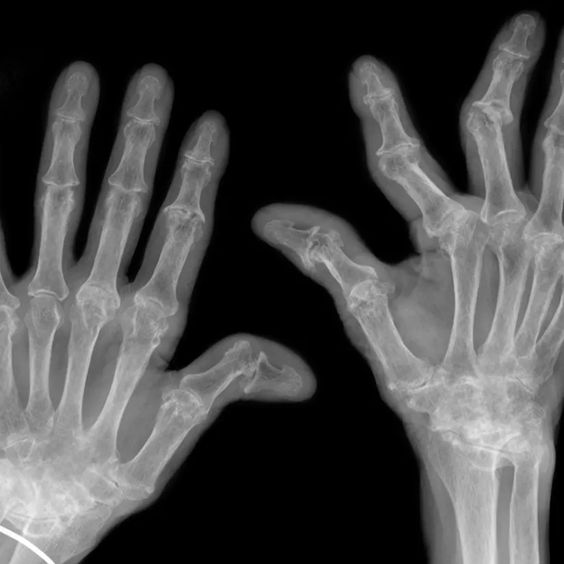Introduction
Rheumatoid arthritis (RA) is a chronic autoimmune disease that causes pain, stiffness, swelling, and limited motion and function in joints. RA is a systemic disease, which means it can affect the entire body and may cause problems in areas like the eyes, lungs, and skin. As many as 1.5 million people in the United States have RA. It commonly affects the wrists and small joints of the hands and feet, and usually affects the same joints on both sides of the body.

While there is no cure for RA, there are various treatments available that can help manage symptoms and slow the progression of the disease. Managing RA symptoms can be a lifelong journey that requires a multifaceted approach involving medication, lifestyle modifications, and support from healthcare professionals.
Understanding Rheumatoid Arthritis
RA occurs when the body's immune system, which normally protects against harmful invaders like bacteria and viruses, mistakenly attacks the lining of the joints (synovium). This attack causes inflammation, pain, and stiffness. Over time, the inflammation can damage cartilage and bone, leading to joint deformity and disability. The exact cause of RA is unknown, but genetics, hormones, and environmental factors may play a role.
Managing RA Symptoms
Treatment for RA typically involves a combination of medication, physical therapy, and lifestyle changes.
Medication
Medications are a cornerstone of RA management. Different types of drugs may be used, including:
- NSAIDs: Nonsteroidal anti-inflammatory drugs (NSAIDs) like ibuprofen or naproxen can help reduce pain and inflammation.
- DMARDs: Disease-modifying antirheumatic drugs (DMARDs) like methotrexate can slow the progression of RA and prevent joint damage.
- Biologics: Biologic agents target specific parts of the immune system involved in RA inflammation.
Physical Therapy
Physical therapy plays a crucial role in managing RA symptoms. A physical therapist can teach you exercises to:
- Improve strength and flexibility
- Maintain joint range of motion
- Reduce pain and stiffness
Lifestyle Changes
Lifestyle modifications can also play a significant role in managing RA. Some helpful changes include:
- Weight management: Maintaining a healthy weight can reduce stress on joints.
- Exercise: Regular, low-impact exercise can help improve joint function and reduce pain.
- Diet: A balanced diet rich in fruits, vegetables, and whole grains can help reduce inflammation.
Living with RA
Living with RA can be challenging, but there are ways to maintain a good quality of life despite the condition.
- Stay informed: Learn as much as you can about RA and its management.
- Communicate with your healthcare team: Regularly discuss your symptoms and concerns.
- Find support: Connect with others who have RA through support groups.
- Listen to your body: Pace yourself and prioritize self-care.
- Don't give up: There are many ways to manage RA and live a fulfilling life.

.jpg)